A million Times 120 clone
Another attempt of clone the beautiful clock-art-installations of Humans Since 1982
Another attempt of clone the beautiful clock-art-installations of Humans Since 1982
To make the experience fit your profile, pick a username and tell us what interests you.
We found and based on your interests.
JWNB5036.mp4VID29-05 or BKA30D-R5 StepperMPEG-4 Video - 1.33 MB - 04/24/2017 at 18:44 |
|
|
IMG_4415.mp4Sonceboz Slimline 6407 Stepper with calibration.MPEG-4 Video - 8.45 MB - 04/24/2017 at 18:43 |
|
The first prototype with 8 double motors is running :-D
We are still working on the project. The new PCBs are running quite well. So a first prototype might be coming in the next weeks.
We are now fixed with four steppers for each PCB. So each bigger clock should have a horizontal number of individual clocks, which can be divided by four. For the smallest version of 24 clocks it fits perfectly and for any bigger one this shouldn't also be a problem.
Only a short update this time. We are spending the most time on writing the code and are close to the first test of the bus system. The main PCB is also ready. It includes the RTC and an ESP to control everything via wireless connection.
We did a lot of testing different motors, drivers and other things in the last weeks and ended up here. The new concept is running four X40 steppers by two X12.017 drivers by one STM32. The PCB can be cut to just three motors, if necessary. It measures just 40x3cm. The "clocks" will have a diameter of 12cm seperated by 5mm.
The first test PCBs arrived just recently. Everything is soldered for the first run. The gears fit quite well. Now is the time for beginning with the firmware.
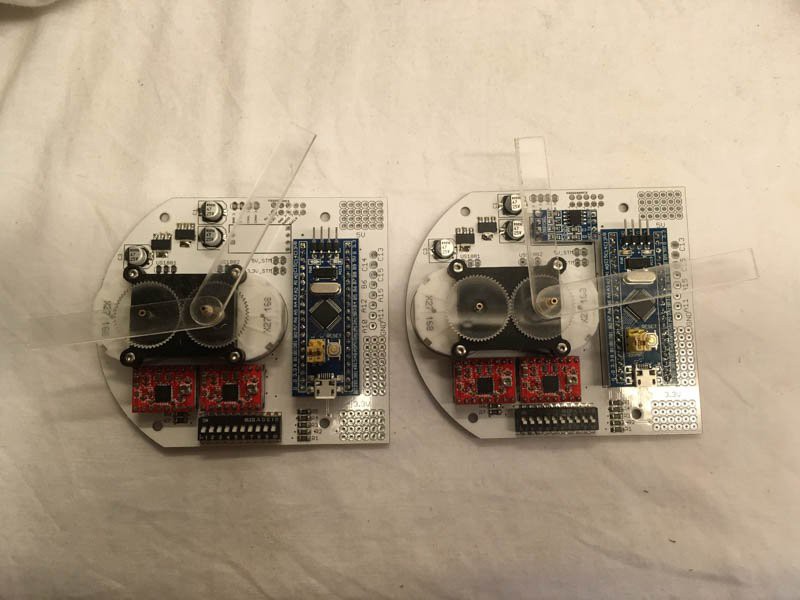
The first test parts using the X27 steppers are finished. I'm currently waiting for the first test PCBs. All parts can be directly soldered to the PCB as boards. As soon as the first board is finished, I'll upload some new pictures.
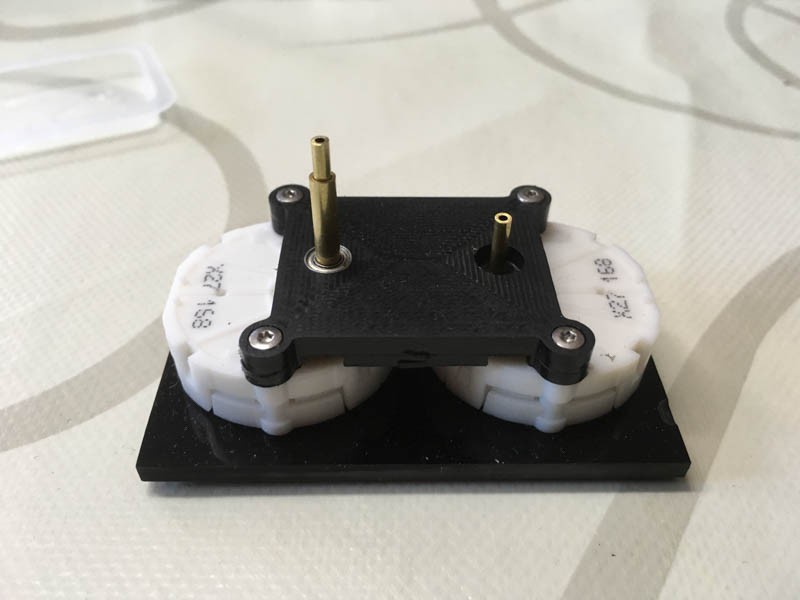
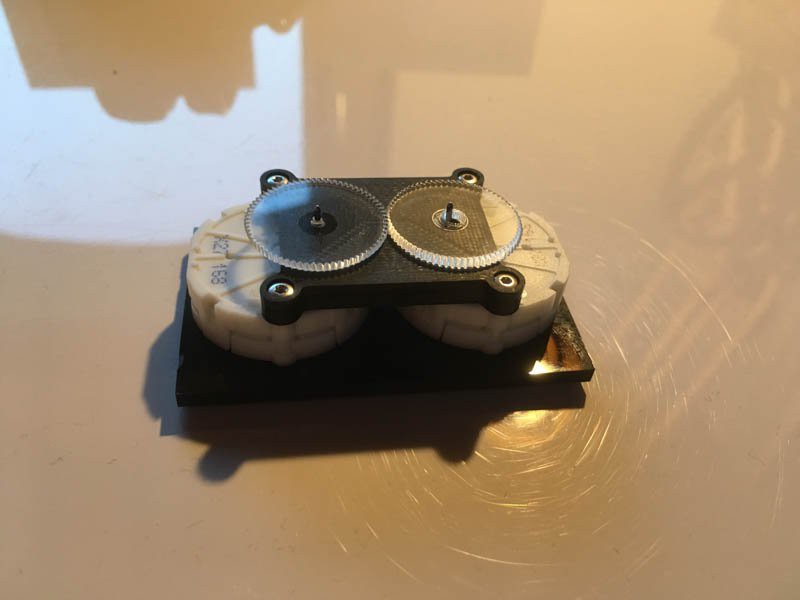
How to reference all the different steppers automatically? We had different ideas but the best solution so far seams to be small magnets and Hall detectors.
We used very small magnets of 1x2mm in size. These were glued directly at or into the gears of the tested steppers.
At the Sonceboz stepper it was pretty easy. Only two little holes have to been drilled and the magnets could be installed.
In the housing of the stepper was enough space for adding the Hall detectors.
The reference detection works pretty well.
Adding all the parts to the VID29-05 was much more difficult even if the housing itself is bigger. Here it runs fine in about 90% of the test, but since we decided to use another stepper there was no further need of improvement.
So where to start at this big project? The first experiments were performed with different steppers to get some experiences, which are suitable for this clock.
We started with the Sonceboz 6407 stepper, which has two concentric shafts and looks very usable for this project. However the price of the motor, even when buying 125 pieces (around 27€ each plus taxes) was way to much.
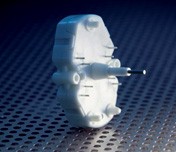
Another test was performed with the VID29-05 (or the clone BKA30D-R5), which you can get for less than $4 at Alibaba. This motor uses many gears to connect the two individual steppers to one shaft. This leads to an enormous increase of annoying sound while running. Even one stepper is to loud for my personal feeling. So, no chance for the VID29-05.
The next attempt will be with two X27 steppers, connected by two external gears (probably laser cut) to one shaft. The motor costs around $1,50 and the construction is much similar to the Sonceboz 6407.
Create an account to leave a comment. Already have an account? Log In.
Become a member to follow this project and never miss any updates
By using our website and services, you expressly agree to the placement of our performance, functionality, and advertising cookies. Learn More
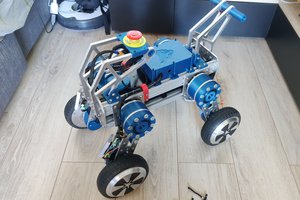
 Tanguy
Tanguy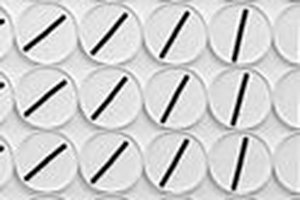
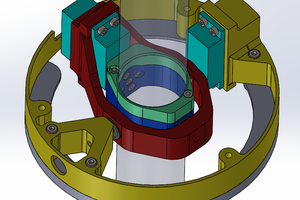
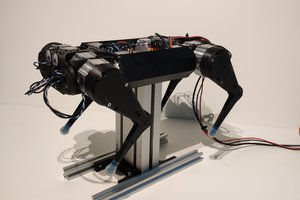
 Peter Wasilewski
Peter Wasilewski
question - where did you source the x40 motors? tough to find. thanks!